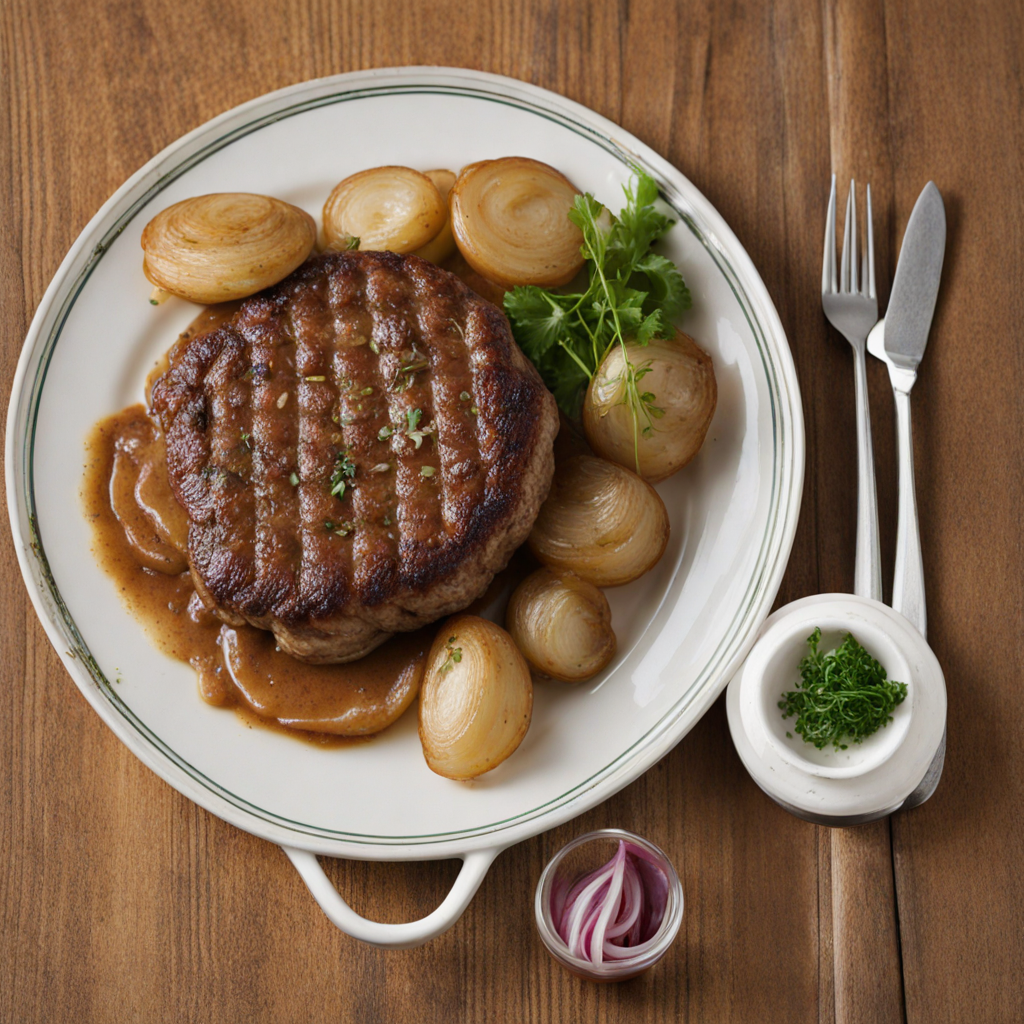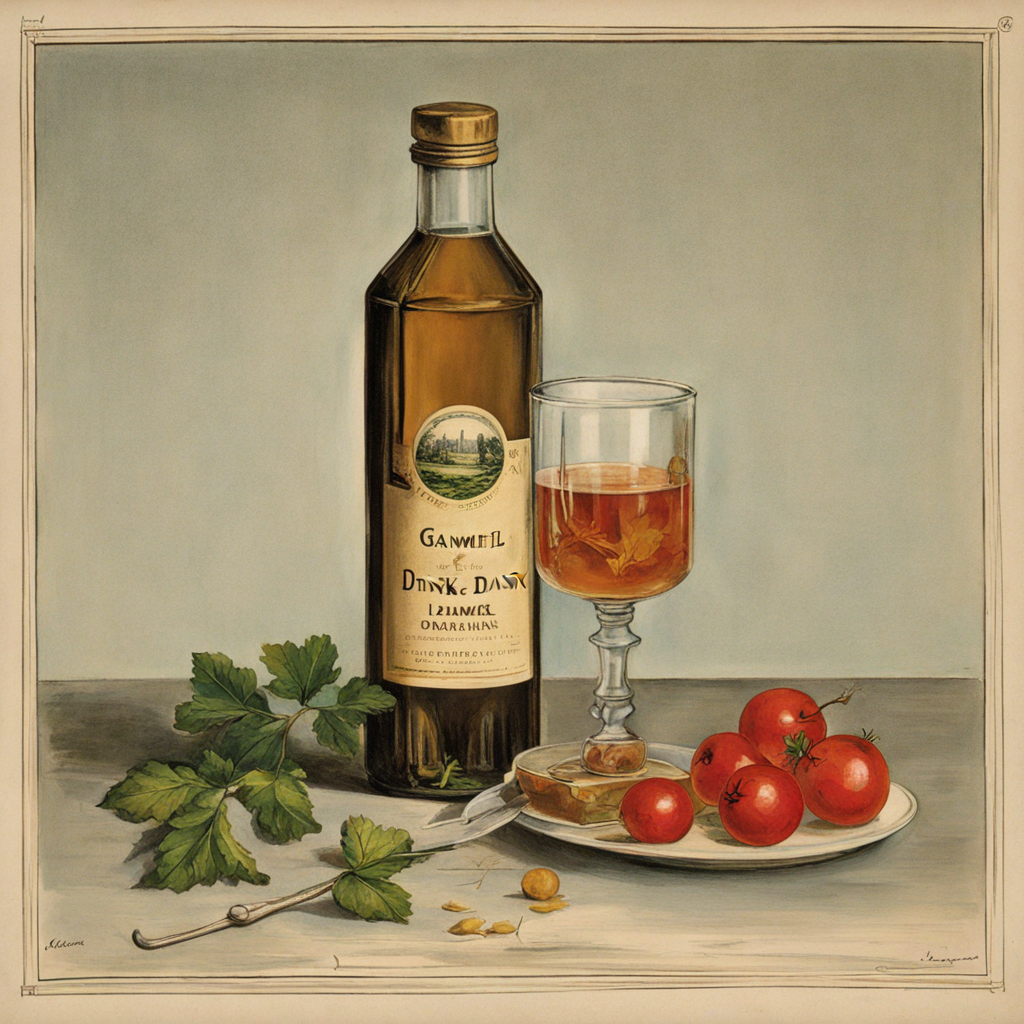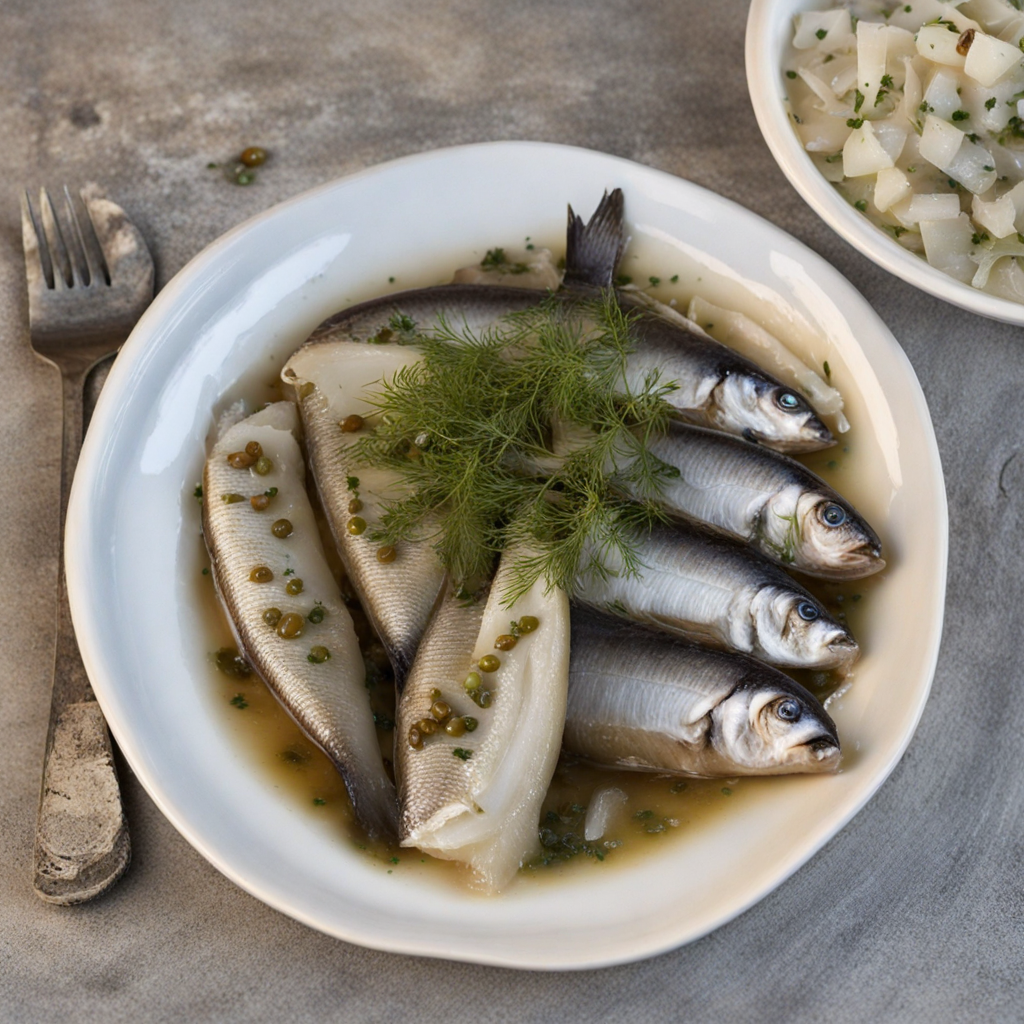Kylling i Asparges
Kylling i Asparges, or Chicken with Asparagus, is a delightful Danish dish that beautifully marries tender chicken with the vibrant flavors of fresh asparagus. The chicken is typically poached or baked until it reaches a succulent tenderness, allowing it to soak in the light, aromatic broth seasoned with herbs, spices, and perhaps a splash of white wine for depth. This cooking method not only preserves the juicy texture of the meat but also enhances the overall dish with subtle, savory notes that complement the freshness of the vegetables. Asparagus, being the star vegetable in this dish, is often blanched to maintain its bright green color and crispness. Its earthy, slightly sweet flavor pairs wonderfully with the chicken, creating a balance that is both satisfying and refreshing. The dish is often finished with a light cream sauce or a drizzle of olive oil, adding a luxurious touch without overwhelming the natural flavors of the ingredients. Garnished with fresh herbs like dill or parsley, Kylling i Asparges is as visually appealing as it is delicious. This dish is not only a celebration of seasonal produce but also a healthy option for those looking to indulge in Danish cuisine. The combination of protein from the chicken and the vitamins from the asparagus makes it a wholesome meal that can be enjoyed as a main course. Often served with boiled potatoes or a side salad, Kylling i Asparges offers a comforting yet elegant dining experience that captures the essence of Denmark's culinary tradition.
How It Became This Dish
Kylling i Asparges: A Culinary Journey Through Denmark Introduction Kylling i Asparges, or chicken with asparagus, represents not just a dish but a vibrant tapestry of Danish culinary history. Its origins are rooted in the agricultural landscapes of Denmark, where the cultivation of both chicken and asparagus has played a significant role in the nation’s diet. Through centuries of culinary evolution, this dish embodies the spirit of Danish home cooking while reflecting the broader trends in European gastronomy. Origins of Kylling i Asparges The history of Kylling i Asparges can be traced back to the late 19th century. Asparagus, believed to have been cultivated as early as 3000 BC in regions around the Mediterranean, found its way to Northern Europe over the centuries. By the 18th century, Denmark began to embrace this green vegetable, which thrived in the country's temperate climate. The introduction of asparagus to Danish kitchens coincided with the rise of a more diverse and sophisticated culinary landscape, influenced by French cuisine and the burgeoning middle class. Chicken, on the other hand, has been a staple in Danish diets for centuries. The domestication of chickens dates back to ancient times, and by the medieval period, poultry became a common feature in Danish households. With the rise of agricultural practices and improved breeding techniques in the 19th century, chicken became more accessible to the average Dane. This accessibility allowed home cooks to experiment with new recipes, paving the way for dishes like Kylling i Asparges. Cultural Significance Kylling i Asparges holds a special place in Danish culture, emblematic of the country’s connection to nature and seasonal eating. Danish cuisine has long placed emphasis on fresh, local ingredients. In spring, when asparagus is harvested, this dish becomes a celebration of the season's bounty. It is often served during festive occasions, family gatherings, and Sunday dinners, reflecting the significance of communal dining in Danish culture. Moreover, the dish represents the Danish concept of "hygge," which translates to a sense of coziness and contentment. Preparing and sharing Kylling i Asparges can evoke feelings of warmth and togetherness, making it more than just a meal but a cherished experience among families and friends. The simplicity of the dish, combined with the sophistication of its flavors, mirrors the Danish ethos of "less is more," where quality and taste take precedence over extravagance. Development Over Time As Denmark moved into the 20th century, Kylling i Asparges began to adapt to changing cultural and culinary influences. The post-World War II era saw a significant shift in Danish cuisine, with international flavors and techniques making their way into local kitchens. The globalization of food culture introduced new spices and methods, inspiring Danish cooks to experiment while still honoring traditional recipes. In the 1960s and 1970s, Kylling i Asparges became a popular dish for dinner parties, often accompanied by creamy sauces and elaborate sides. As cooking shows and food publications proliferated, many variations of the dish emerged, with chefs adding their own twists. Some recipes incorporated white wine or cream sauces, while others opted for lighter preparations that highlighted the dish's fresh ingredients. By the 1980s and 1990s, a renewed interest in health and nutrition led to changes in how Kylling i Asparges was prepared. Health-conscious consumers began to favor grilled or poached chicken over frying, and there was a shift towards using whole, unprocessed ingredients. This trend not only preserved the dish’s integrity but also aligned with the growing organic and farm-to-table movements in Denmark. Modern Interpretations In contemporary Danish cuisine, Kylling i Asparges continues to evolve. Chefs in Denmark are increasingly looking to elevate traditional dishes while staying true to their roots. Today, Kylling i Asparges might be found on the menus of both rustic bistros and upscale restaurants, often presented with a modern flair. Innovative chefs incorporate global flavors, such as Asian-inspired marinades or Mediterranean herbs, while still respecting the essence of the dish. Seasonal variations are also common, with chefs highlighting different vegetables that complement the chicken and asparagus, such as peas or radishes. Moreover, the rise of the farm-to-table movement has led many restaurants to source their ingredients locally, ensuring that the asparagus is fresh and in season. This commitment to local sourcing not only enhances the flavors of Kylling i Asparges but also supports Denmark’s agricultural economy, reinforcing the connection between food and community. Conclusion Kylling i Asparges serves as a delicious embodiment of Denmark’s rich culinary heritage, reflecting the evolution of this simple yet elegant dish through time. From its humble origins in the fields of Denmark to its modern interpretations in restaurants, it tells a story of agricultural abundance, cultural significance, and a deep-rooted appreciation for the seasons. The dish is a reminder of the importance of communal dining and the joy of sharing food with loved ones. As Danish cuisine continues to grow and adapt, Kylling i Asparges remains a cherished symbol of the country’s culinary identity, connecting generations and celebrating the flavors of Denmark. In a world increasingly driven by fast-paced lifestyles, Kylling i Asparges invites us to slow down, savor the moment, and appreciate the simple pleasures of good food shared in good company.
You may like
Discover local flavors from Denmark







